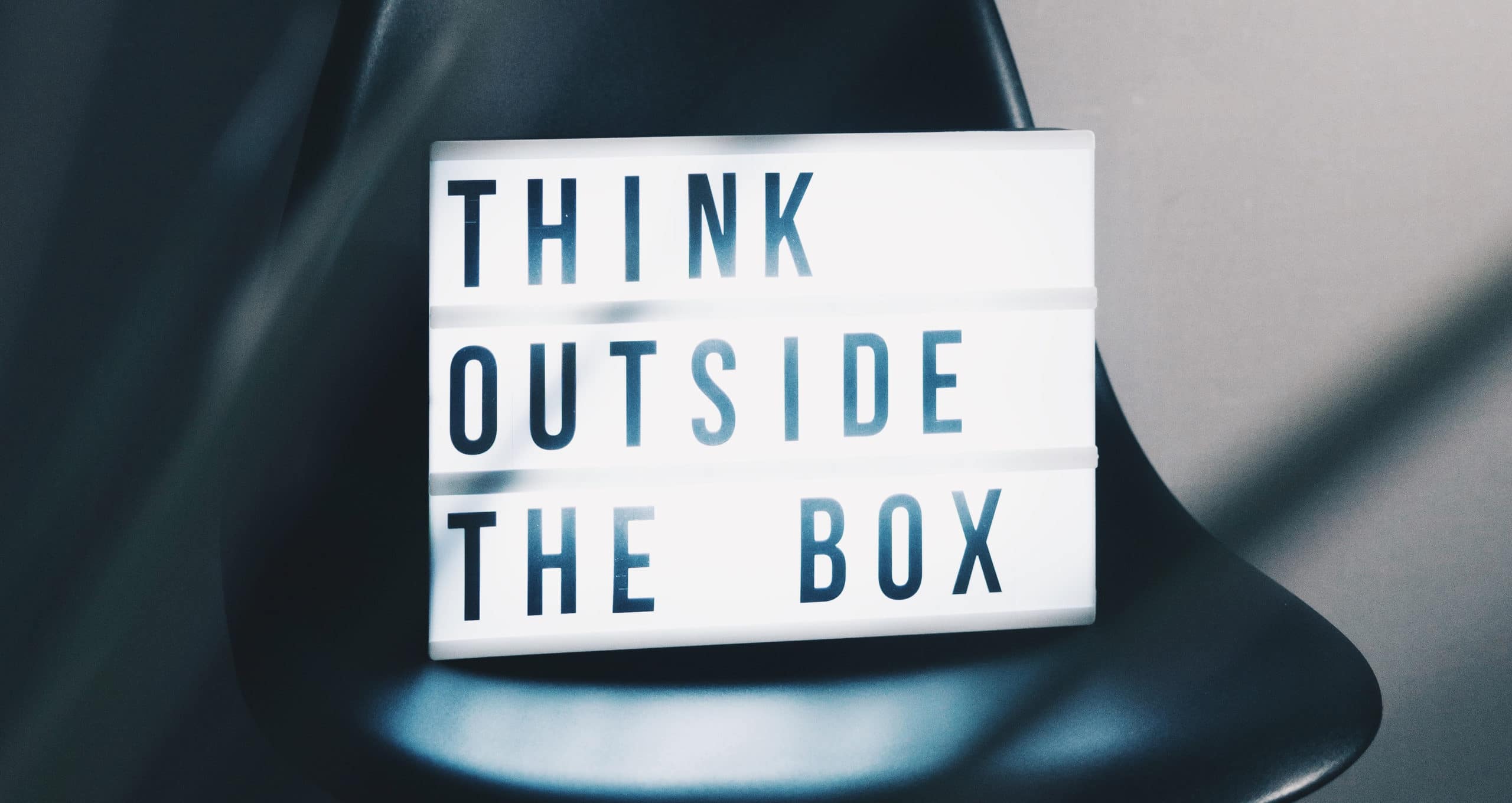Do you know what it means...
…when you hear designers and developers talking about a content-first design strategy? Designing around a customer’s content is crucial to executing the design and build for the website of your dreams. As a creative agency, we wonder how we can get our clients to understand how to get there and how do we get our customers to fully understand why it is important.
As hard as it is to begin climbing the content creation mountain, developing content ahead of a website design will help you organize all those big thoughts and brainstorms into usable working content, that is easy to understand and gives your audience clear messaging. Crafting a solid outline for the content will help the design team and the creative team get on the same page regarding the focus of your website.
Oftentimes, working collaboratively on sitemap & wireframes will help get the creative juices flowing when our clients feel a bit stuck on content sections or CTAs (Calls to Action). Often we stress how important it is to have content to design around, and here are eight reasons why content has to come before the design of any project to ensure its success.
1. Content determines the ground rules in the web design game!
When we can start the design process with content in our hands, it sets the ground rules for how the visuals and website user interface will come together.
Content provides a mood or feel for the messaging. Who you are, your expertise, knowledge and experience will come through in the tone you prepare your content with. Without your content, how do you know what type of tone to set with your audience?
Content also can influence how elements such as color and typography are selected. These elements must help organize content in a way that’s easy to see, consume and digest. They must also work with the messaging in the written content, so that the visuals and words “say” the same thing.
2. Content helps tell your story
Often, the most brilliant ideas fall short of having depth and feeling, because there is nothing that pulls the content together cohesively. You want the story in place before starting the website design. Things such as:
- Who are you talking to?
- What are you wanting to tell your audience?
- Why is what you are saying important?
- What relevance does your message have to your audience?
- How will you make sure people understand what you are saying?
- Who are you, and why do people need to listen to your message?
- What is your Call To Action?
A great story will answer these questions, and more! Think carefully about what you want to get across to your audience. Answering these questions will make sure that your concept/business is concrete enough to prepare your narrative.
3. Content will help everyone involved with your project be on the same page
Having some concept of what you want to say puts every person working on your website project on the same page. From the first onboarding and brainstorming session, to site mapping and wireframing, and into design and development – everyone has the same information and idea of what the project entails. This will also help solve any problems that may arise, before they actually happen! Having content prepared will make it easier for you to express what you envision at the start of the creative process.
4. Prepared content will set expectations and outline limitations
Very few projects ever start with a completely blank canvas. Most come with starting points, sales-oriented goals or elements that have to be a part of the design. This can range from guidelines brought forth from a brand standards document, that includes color palette direction and typeface restrictions, and having content from the start of a project sets constraints so that the design doesn’t go wild in a way that won’t work with your prepared content.
Think of your website design and build process as doing a puzzle – if you develop content and design a website in separate silos, the pieces won’t always fit when the time comes to put it all together. Too often, these pieces are forced together, leaving a disjointed and somewhat off-balanced final design – we call this a Frankenstein website.
It’s been said that the best design happens within a set of constraints because the designer must focus on solving the problem, not decorating the canvas.
5. Content saves time and money – and helps prevent endless loops of revisions!
It may involve some heavy lifting at the beginning to take the time and write your content, but in the end, the website design and build process will be so much more efficient!
Designing a website without content can result in endless revision loops that can be frustrating for the client, creative team and development team. If you have the content to start, a lot of these pains – and delays – can be avoided. You can launch your website on time!
By providing content up front, this will ensure that the creative direction that the designers take your website in will match the needs of the project! Are you an image-heavy, product sales company, or are you an educational institution? Two very different business models with different messages to get across!
6. Content tells the design team what is important
Nobody knows your values and your business strategy better than you! The content you provide our design team when we start creating your website will help you sit back and consider how you think about the visual presentation, what imagery/graphics/icons/videos your site will require, how to plan for calls to action or clickable elements and help you see what design elements you don’t need. Not every site is the same, and you need something unique and strong for YOUR brand! Injecting actual content (not placeholder) into the design phase can help you, as our client, see where there are unneeded content blocks in the visual flow, where strong CTAs are required and help streamline the visual assets.
A good question to ask yourself is “do I have the necessary content to build a certain visual element that I desire for my website?” Far too often clients want a website with a video, but lack video content or they want a testimonial slider, but have only one or two testimonials, or they want a homepage slider showcasing their work and only have a handful of photos taken from a phone. You need not just written content, but your visual assets prepared for your website design and build – to showcase what is important to you and your business.
7. Content helps the design team & development team find out what will or will not work!
Before our design team presents a website to a client for review, our team of developers always go through the design to see what will and will not work once the website is built. With provided content, these conundrums don’t really arise. When guessing what it is you want to say, our planned content blocks and sections could be too large or too small for your actual messaging, or perhaps there weren’t places for the large photos that you want to use to tell your story, or the testimonial slider you envisioned wasn’t designed in. We want to get it right for you the first time, so we require clients’ involvement along the way.
8. Last but not least…content changes can change the design
We say it all the time – in order to work effectively, we need to design around provided content, and that changes in content will change the design. So why would you want to create a website design without content, knowing that everything about it is subject to change?
The more content you can provide a design team to work with at the beginning, the more realistic design direction and concepts will be throughout the entire process. Unfinished or rough draft content is better to work with than none at all! We know it is an undertaking to prepare website content, so if the content plan is still in progress, perhaps think about small chunks – one blog article, one testimonial, one calendar schedule, one call to action, one product review. Then the design team can take that one content piece into each design element. The website designers can use these elements to create a more well-rounded content-based design.
In conclusion – the setbacks from designing a website without content happens all too often: there is a fantastic and exciting creative plan for a website project, and the sitemap and wireframes are done and approved. Website design starts, and then the client comes with something totally different than what you brainstormed and started with the design team – and this leads to a project that gets more costly, delayed and time-consuming, as the designers have to start over again.
We get it. Content is hard to pull together, but we are here to support you if you need it during the content creation process, and will stand strong in requesting content BEFORE website design begins. In the end – you will thank us, with the end project coming on time and providing the solutions and impact on your audience, as you expect! Let’s talk about website development, content creation and all things creative! We love what we do and who we work with, and are happy to get your project started with you!



